The Inner Core Muscles: Transversus Abdominis

We have been talking on and on about the core and how working from the core is the basis of Pilates, but what exactly is the Core? The Core is a group of superhero muscles, much like the Avengers, which if remain strong and together, can keep the spine from any harm. In a series of 4 blogs, we will be telling you all about the 4 members of the inner unit of our powerhouse and why it is important to work from the core in any workout.
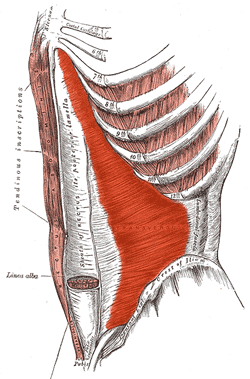
The Core
The core is the neuromuscular system surrounding and protecting the spine. The inner unit of the core is made up of local stabiliser muscles that support the lumbar spine and pelvis. Whereas, the outer unit of the core creates both mobility and support by coordinating the movements of the upper and the lower body. When Pilates Instructors ask you to ‘connect into your core’ or ‘activate your core’, they are referring, more often than not, to the inner unit.
This inner core can be visualised as a cylinder inside the body. The diaphragm is the roof, the pelvic floor is the base, the transversus abdominis is a dynamic wall connecting the rib cage and the pelvis in the front, and the multifidi and the deep spinal muscles support the spine from behind, completing the cylinder in the torso. These four are connected through the thoraco-lumbar fascia (a three-layered connective tissue sheet present from the mid to the lower back) which pulls the rein of the spine.
These muscles are all slow-twitch muscle fibres or red fibres, which means that they are aerobic muscles which use oxygen from the blood to create adenosine triphosphate, the chemical that fuels muscle contractions. These muscles are endurance muscles which are active for long periods of time. They have a low activation threshold, constantly working to maintain our posture.
Transversus Abdominis or The Activator
The transversus abdominis is the deepest of core muscles.
Anatomy
The fibres of the transversus abdominis fan out like a wide V shaped corset from the spine at the back through the thoracolumbar fascia, 6-7 lower ribs at the top, crest of the pelvis and inguinal ligament at the bottom to meet along the linea alba (line along your belly button) to the opposite side muscle. This muscle forms the deepest layer of the abdominals closest to spine.
In lay terms, transversus abdominis is a corset-like muscle which forms the innermost layer of the abdomen close to the spine, running from the bottom of the ribs and tapering down in a wide V.
Function
Research shows that, the transversus abdominis is activated in anticipation of any movement of the limbs or spine. This state of engagement powers and aids the lifting of something heavy with our arms, bending forward, twisting, walking, running, jumping, sitting from standing, and vice versa.
When activated, it causes a drawing in of the abdominal wall, like when we move the belly button gently away from the t-shirt towards the spine. As it contracts it tensions the spine through its connection in the thoracolumbar fascia creating a support of a corset around the spine.
The activation of the transversus abdominis, and thus the inner core, stabilises the lower back, the pelvis and the rib cage when stress is placed on the torso. This stability is important to minimise stress on joints and reduce the risk of injury.
Through its fascial connections the transversus abdominis also supports and protects the internal organs in the viscera. During pregnancy, the corset effect of the transversus abdominis further adds to supporting the spine as the growth of the baby takes the centre of gravity further forward.
How to check if the TA is engaged
The cue that we usually give at Moushu’s Pilates to mindfully connect into your core is to draw your belly button in towards the spine, away from the t-shirt without holding your breath. You have to imagine you are wearing a belt of ten holes, and you are wearing it in hole number 3.
If the transversus abdominis isn’t engaged, a prominent arch will be visible in the lower back.
Dysfunction

A weak abdominal wall and/or rectus abdominis (6 pack) is associated with a bulging forward of the abdomen and/or increased lordosis (arching) in the lower back. It is one of the major causes of lower back pain. And to further add to this, the transversus abdominis switches off in pain, leading to instability and injury, and ultimately, more pain.
It won’t switch on automatically. It requires mindful rewiring and reconnecting by movement training. This is where Pilates and its principles come in.
A weak link in the fascia connecting the layers of the abdomen can result in a separation of the connections of the abdominal muscles. This separation, called Diastasis Recti, is seen mostly in all women to accommodate the baby when pregnant. If this spilt doesn’t heal, it will require gentle core building and abdominal strengthening starting at activation of the transversus abdominis.
Exercises to activate the TA
We engage from the transversus abdominis, and the core in all exercises. But the following exercises are used to connect into the transversus abdominis for beginners.
All 4s Abdominal/ Pregnant Cat
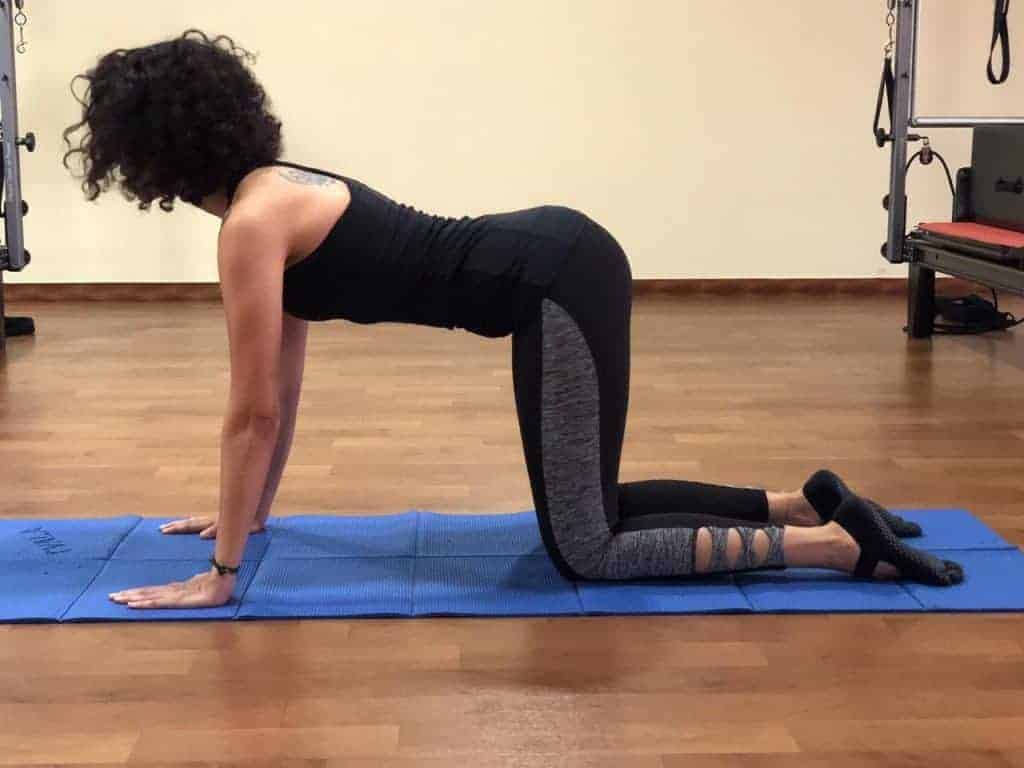
Hundreds Prep
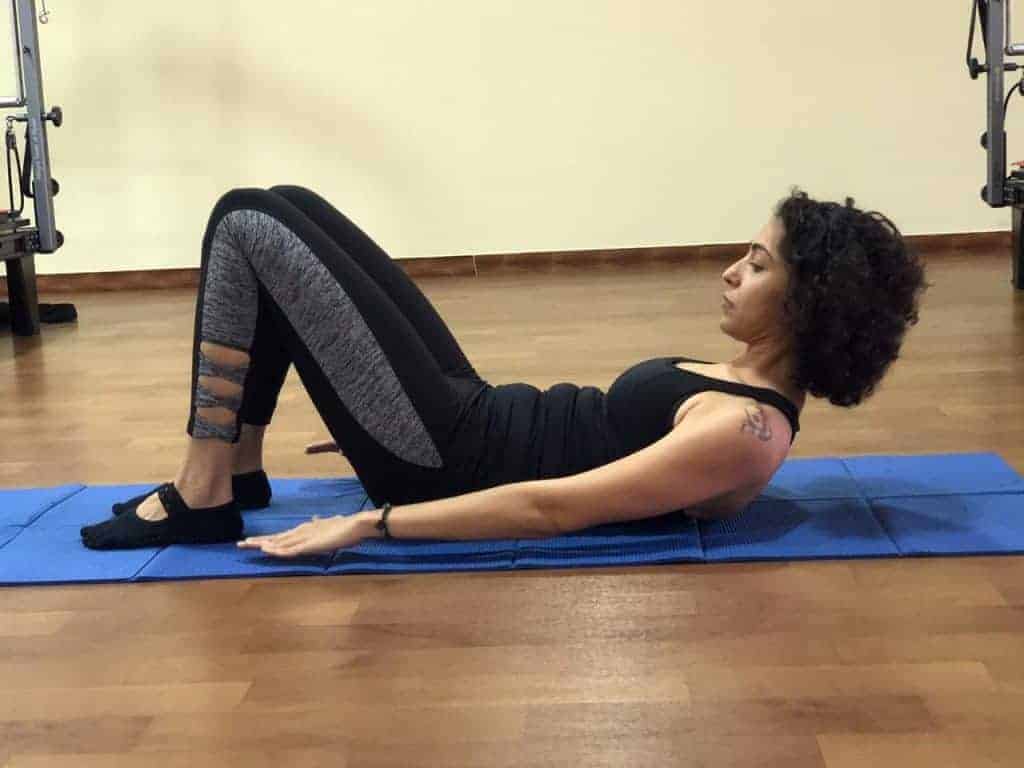
Here are some advanced abdominal exercises, in which the spinal alignment will be difficult to maintain if the transversus abdominis is not activated.
Opposite Arm Leg Reach
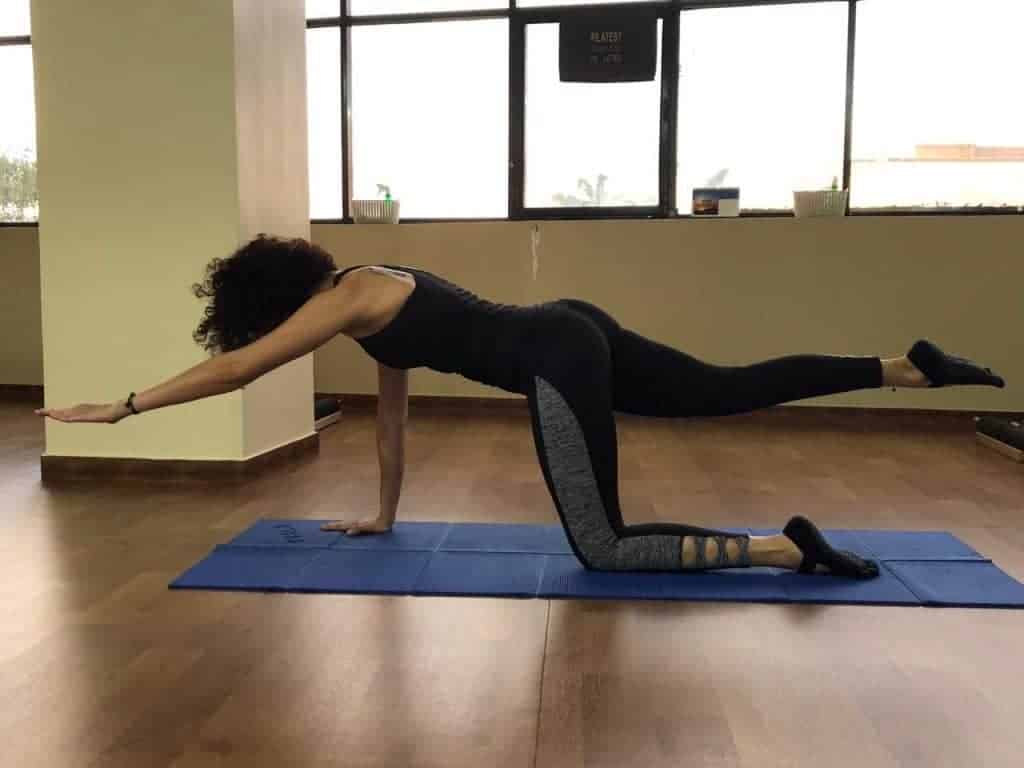
Seated Spinal Mobility Exercises
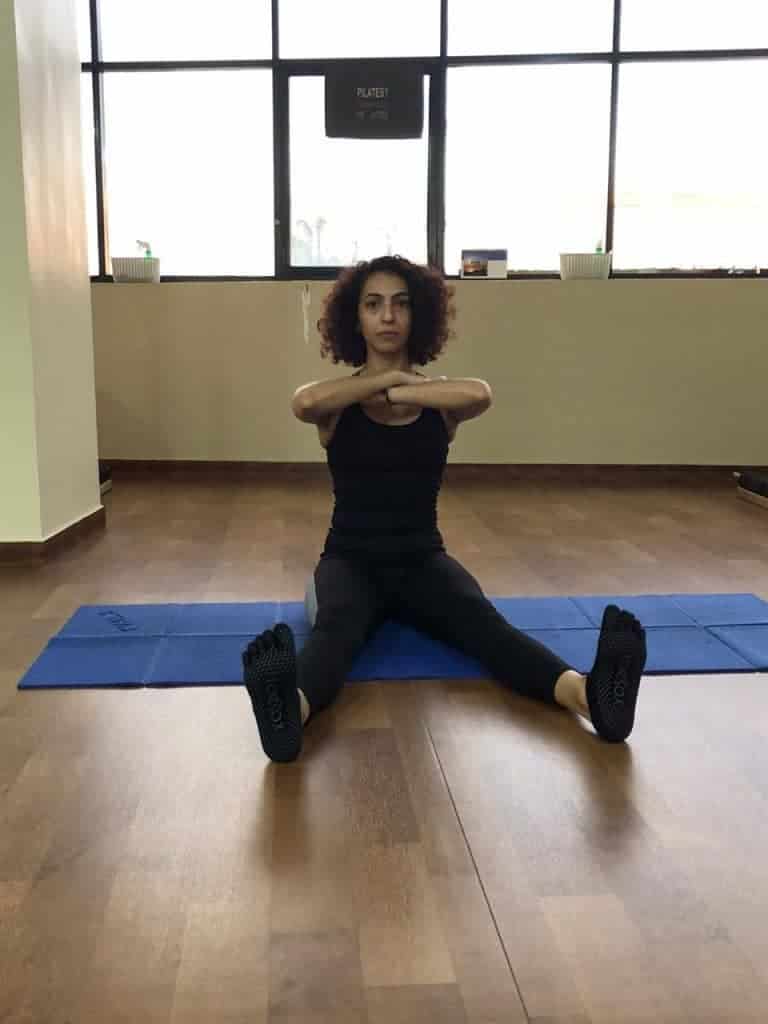
In the next blog, we shall discuss the back of the Inner core cylinder or the Multifidi.
Read more about lower back pain and posture here
Written in collaboration with Laila Ali
